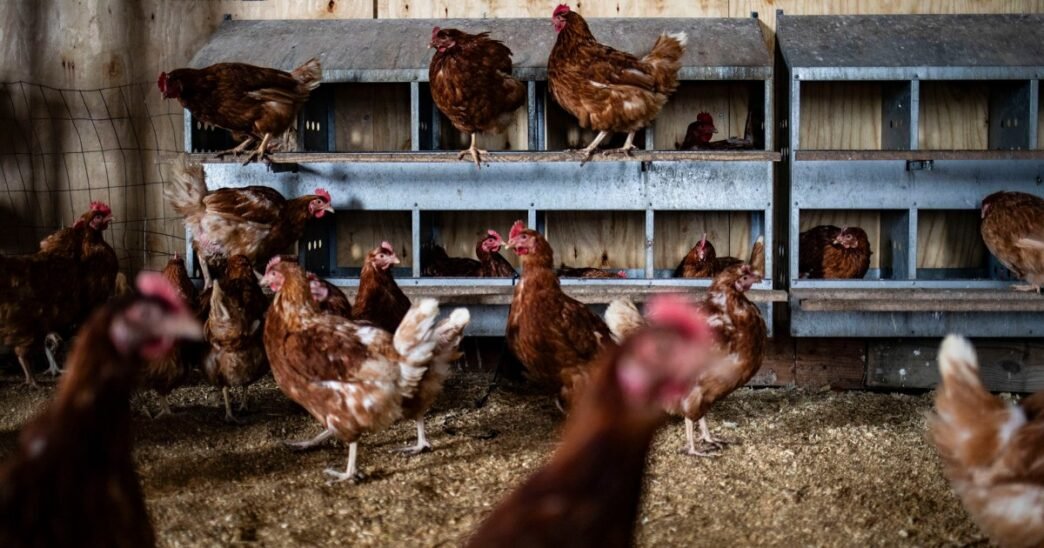The outbreak of bird flu that has been ravaging farms nationwide had started to slow over the past few weeks — but as wild birds migrate north, scientists say the virus may follow.
At the same time, the United States will have fewer people leading the national effort to stop avian influenza.
The sweeping cuts this week to the federal Department of Health and Human Services include the Food and Drug Administration’s chief medical officer, who was helping to lead the federal government’s bird flu response, and senior staff from the FDA’s Center for Veterin Medicine, which linked bird flu cases to raw pet food, leading to several recalls.
“We no longer are going to have the same eyes on this virus,” said Dr. Meghan Davis, a former dairy veterinarian and associate professor at the Johns Hopkins Bloomberg School of Public Health. She said active surveillance of and investigation into how the virus spreads are a necessity, but local health officials and veterinarians will no longer have the same support from the federal government.
The ongoing outbreak of bird flu — the worst in U.S. history — picked up steam through the fall and winter, pushing egg prices to record highs. While outbreaks in both poultry and cattle have fallen, along with the average price of eggs, health experts say that cases could rise again amid the spring migration, which typically peaks in May and June in the continental U.S.
Quantifying the scope of bird flu in the U.S. is complicated. The number of confirmed outbreaks in poultry fell to 53 flocks last month after reaching 133 flocks in Janu. Outbreaks in cattle fell to 21 herds last month, after peaking at 253 in November. Detections in other mammals, wild birds and humans are tracked separately. And the 168 million domestic birds affected so far include many slaughtered because any detection on a poultry farm requires culling all the birds on the premises.













